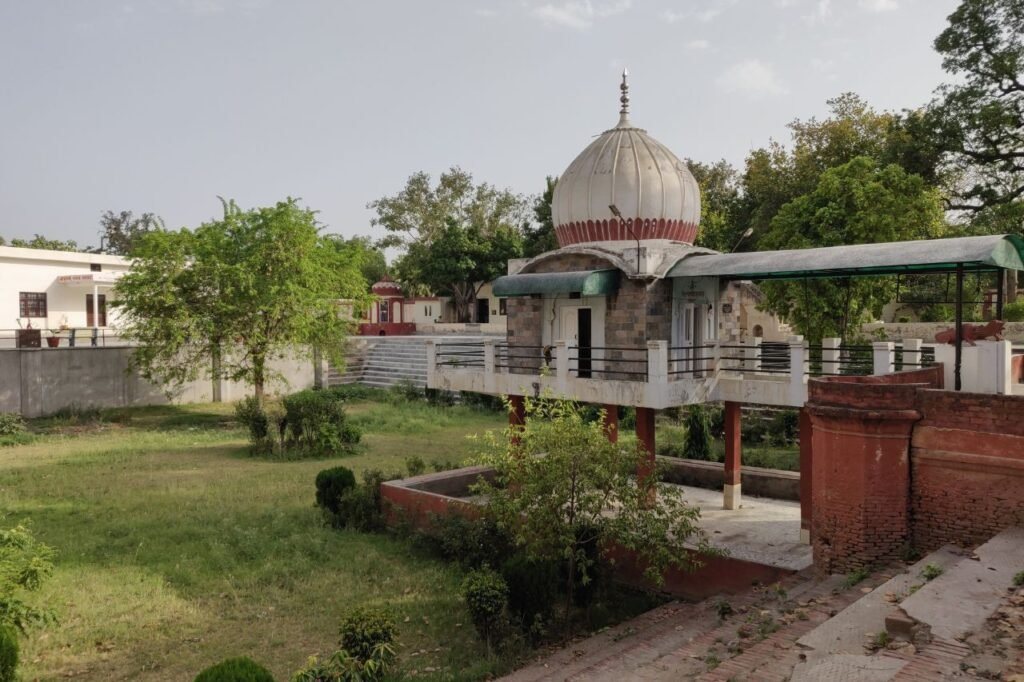Sangrur Pincodes
Enter the Pincode or Location Below in the Box
Pincodes of Sangrur
Sangrur Pincodes: Navigate Sangrur’s diverse locales effortlessly with our reliable compilation of pincodes. Whether it’s the vibrant city center or the tranquil countryside, access the precise postal codes to streamline your communication and deliveries. ‘Pincodes of My Location’ ensures accuracy in addressing, aiding your navigation through Sangrur’s various neighborhoods and facilitating efficient correspondence. Simplify your logistics and ensure your parcels reach the right doorstep promptly. Explore our user-friendly interface to discover the unique pincodes that define Sangrur’s distinct areas, enhancing your connectivity and making your local interactions seamless.

Here is a list of Sangrur Pincodes
About Sangrul Pincodes
Sangrur, nestled in Punjab, India, houses the district’s hub, Sangrur city, part of Patiala Division. Surrounded by Malerkotla, Barnala, Patiala, Mansa, Fatehabad, and Jind districts, Sangrur embraces cities like Dhuri, Lehragaga, Sunam, and more. With 7 sub-divisions including Sangrur, Dhuri, and Sunam, it once encompassed Barnala until 2006. Notably, Barnala became a separate district, and in 2021, Malerkotla district emerged from Sangrur, comprising Malerkotla, Ahmedgarh subdivisions, and Amargarh sub-tehsil. This transformation underscores Sangrur’s evolving administrative landscape, showcasing its dynamic growth and division to better serve the region’s diverse communities.
History
